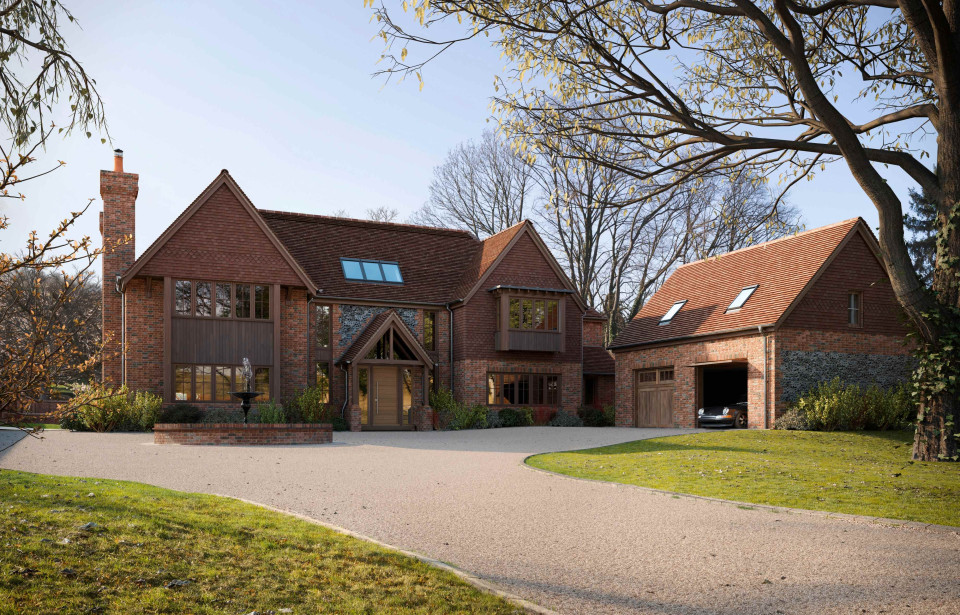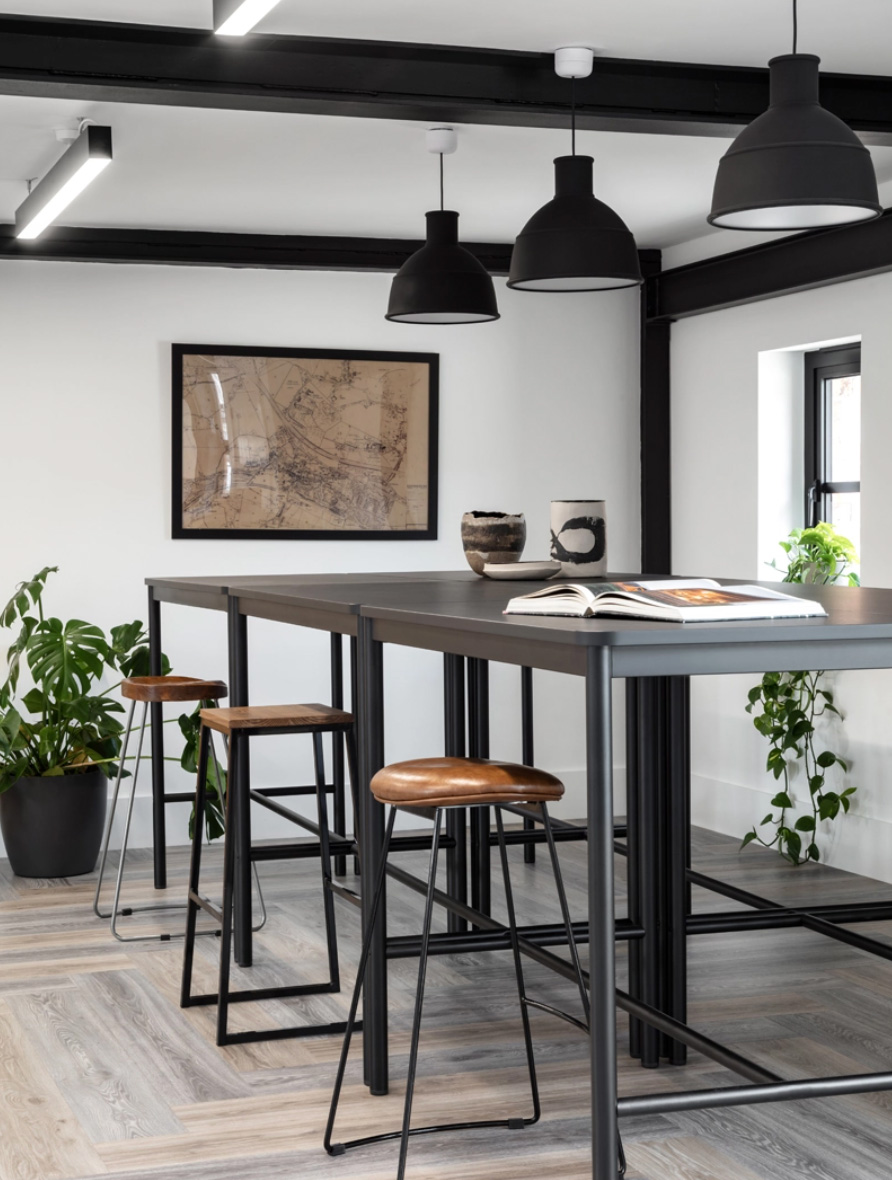Traditional Homes
Hillside Retreat in the Chilterns National Landscape
A sensitive reinterpretation of Arts & Crafts tradition — this replacement dwelling and annexe honour the site’s clubhouse origins while embracing modern living, unifying structure and landscape through crafted detailing, thoughtful proportions, and a contextual architectural language.



